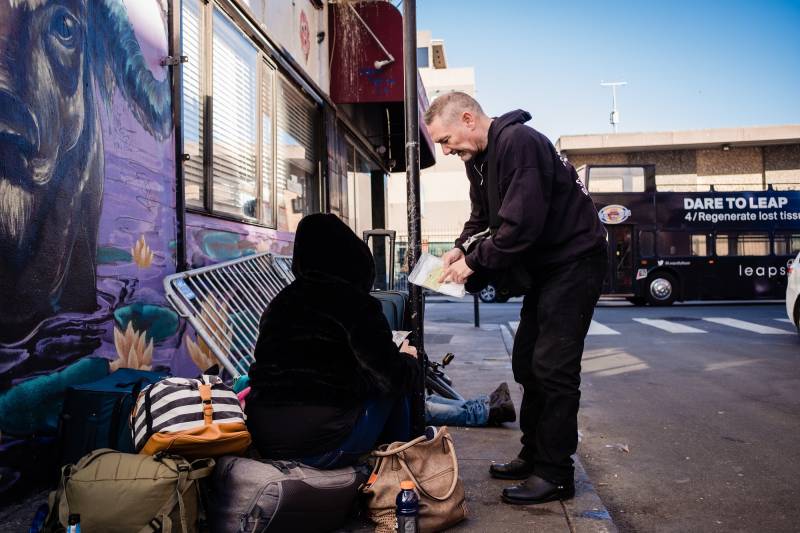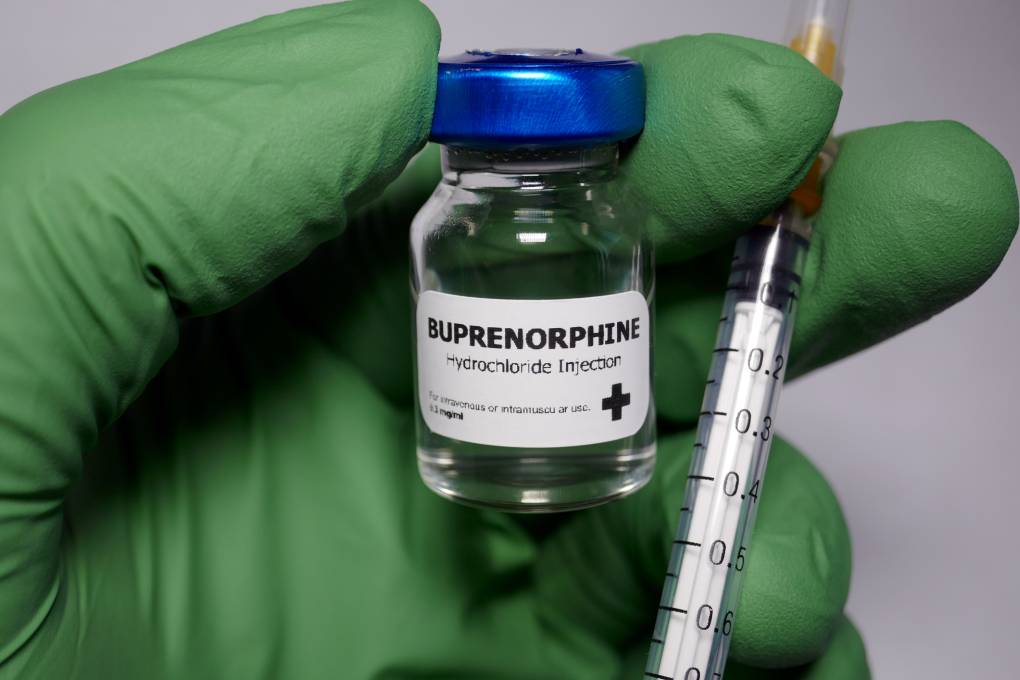However, Keith Humphreys, a drug policy expert and professor at Stanford University, believes that the downward trend likely has little to do with citywide policies.
“There’s certainly some sensible things going on — the biggest one: making anti-overdose medication widely available to as many people as possible,” he told KQED. “We’ve been doing that for years at a pretty high level — the good that did was baked in already, so I don’t think that would explain a change like this.”
Instead, Humphreys said, the trajectory mirrors national data and likely suggests that more people who are using fentanyl are doing so knowingly rather than suffering “surprise overdoses” when they thought they were using another drug.
He pointed to a spike in overdose deaths that began around the time of the COVID-19 pandemic. In 2020, the city saw a then-record 726 deaths, according to data from the office of the medical examiner. That number dipped a bit in 2021 and 2022, though overdoses remained above pre-pandemic levels, and last year surpassed 2020 as the city’s deadliest year on record with 810 deaths.
So far, there have been 374 overdose-related deaths in 2024. The figure is slightly lower than the number of deaths recorded during the same period in 2023, but it is still on track to come close to the year’s staggering total.
Humphreys said that the small reduction was not surprising, given that pandemic restrictions — though not COVID-19 infections — have all but completely wound down. Nationwide, annual overdose deaths decreased last year for the first time since 2018.
“During the pandemic, we had increases [in overdoses] beyond anything we’ve had in the history of our country,” he said. “Which I think said a lot about the impact of isolation, stress, the destruction of social opportunities, the loss of jobs, all those kinds of things. Now, we’re getting the other side of it … the restoration of all those things is going to be good for human health,” including drug use and overdose.
Kunins agreed that the pandemic led to a spike in overdose deaths and “worsened health outcomes.”
The hopeful trajectory is also likely a reflection of heroin’s diminished presence in the illicit drug market, according to Humphreys. High numbers of heroin users suffered accidental fentanyl overdoses in recent years, according to Humphreys.
“When heroin is completely gone, people will know that what is being bought and sold is fentanyl,” he told KQED, noting that San Francisco is not at that point yet.
“We had a lot of surprise overdoses three years ago in San Francisco, a lot of people who didn’t think they were going to be exposed but were. Now we’re getting to a point where almost no one is surprised, and that should reduce overdoses.”


